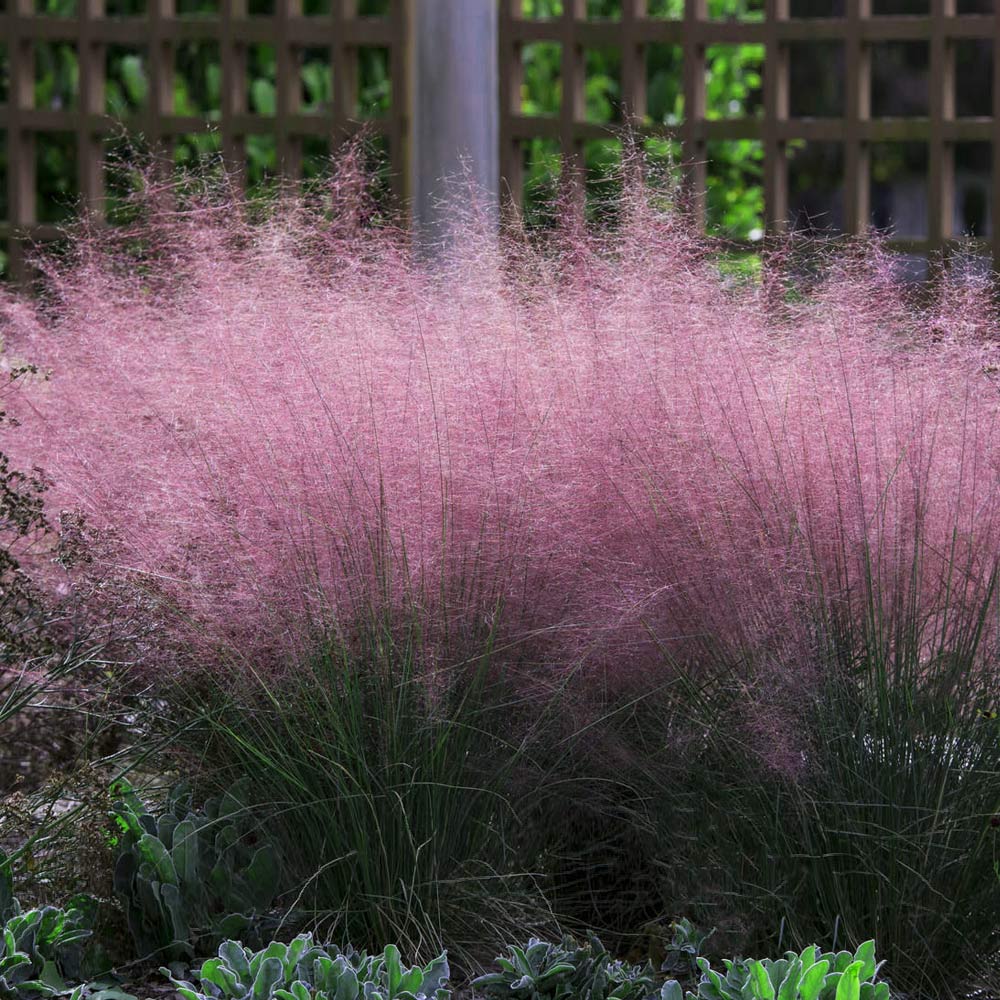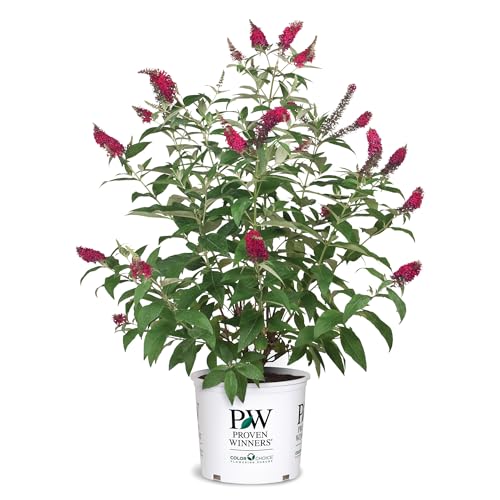Lavender Companions — 5 Picks Garden Experts Say Look Great Next to These Classic Flowering Plants
Bring out the best in your garden with these ideas for what to plant with lavender in a border
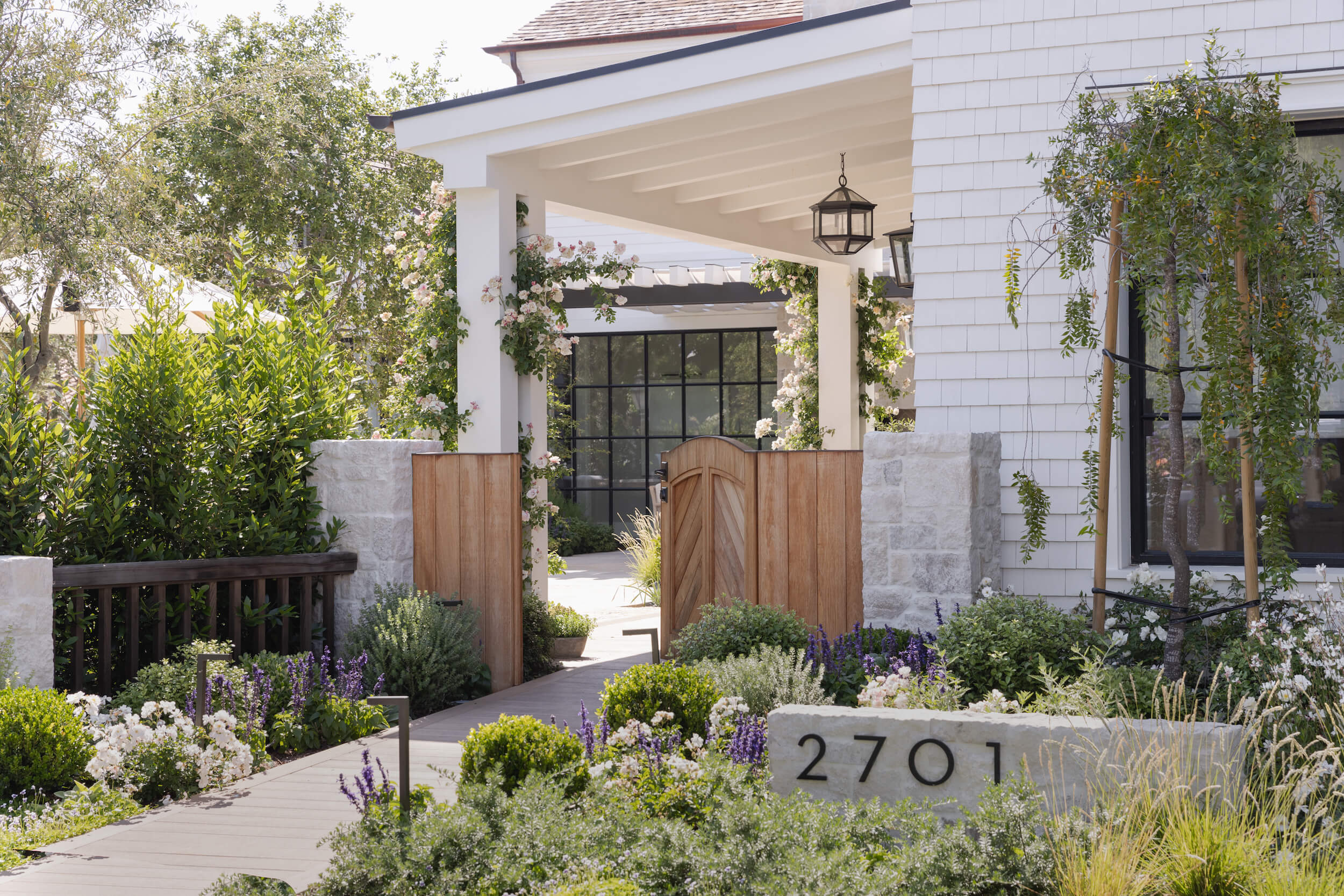
Mediterranean minimalism has got me (and my Pinterest feed) in a design frenzy. I need lavenders in my yard, and I need them now!
Maybe it’s the gorgeous fragrance you experience walking along lavender-lined pathways, or the enjoyment of seeing all the bees and butterflies flocking to their tall whispy flowers. Either way, it’s safe to say I’m obsessed and you should be too.
Lavenders love a sunny well-draining yard spot, and I’ve got just the space in mind. But when it comes to knowing which plants will look good and suit your lavender plant care routine and soil preferences, I could use some inspiration. To avoid any planting pitfalls, I’ve picked the brain of a true plant expert to reveal her top lavender companion plants that look great to this much-loved flower bed pick.
1. Black-eyed Susan

The first flower on our pro’s list what to plant with lavender in borders is the sweet and sunny Black-eyed Susan.
‘Black-eyed Susans are native wildflowers that bloom profusely in the late spring to early fall months, showcasing golden-yellow daisy-like flowers,’ says plant expert Sydni D’Amico at Fast Growing Trees. ‘Their bright green broad-leaved foliage contrasts beautifully with the gray-green narrow foliage of lavender plants, adding appeal and intrigue to your yard.’
Just like lavenders, Black-eyed Susan (or Rudbeckia hirta) is fantastic for pollinators, making it an ideal ecologically-friendly companion planting option and one of the best plants to attract butterflies. Sydni explains ‘The nectar from the flowers attracts an array of pollinators such as butterflies and bees, and when the seed heads are left to dry on the flowers, they attract songbirds as well!’
Look out for Sydni’s favorite variety “Goldsturm” Black-eyed Susan. Just like lavender, it loves well-draining sunny spots.
2. Coneflower
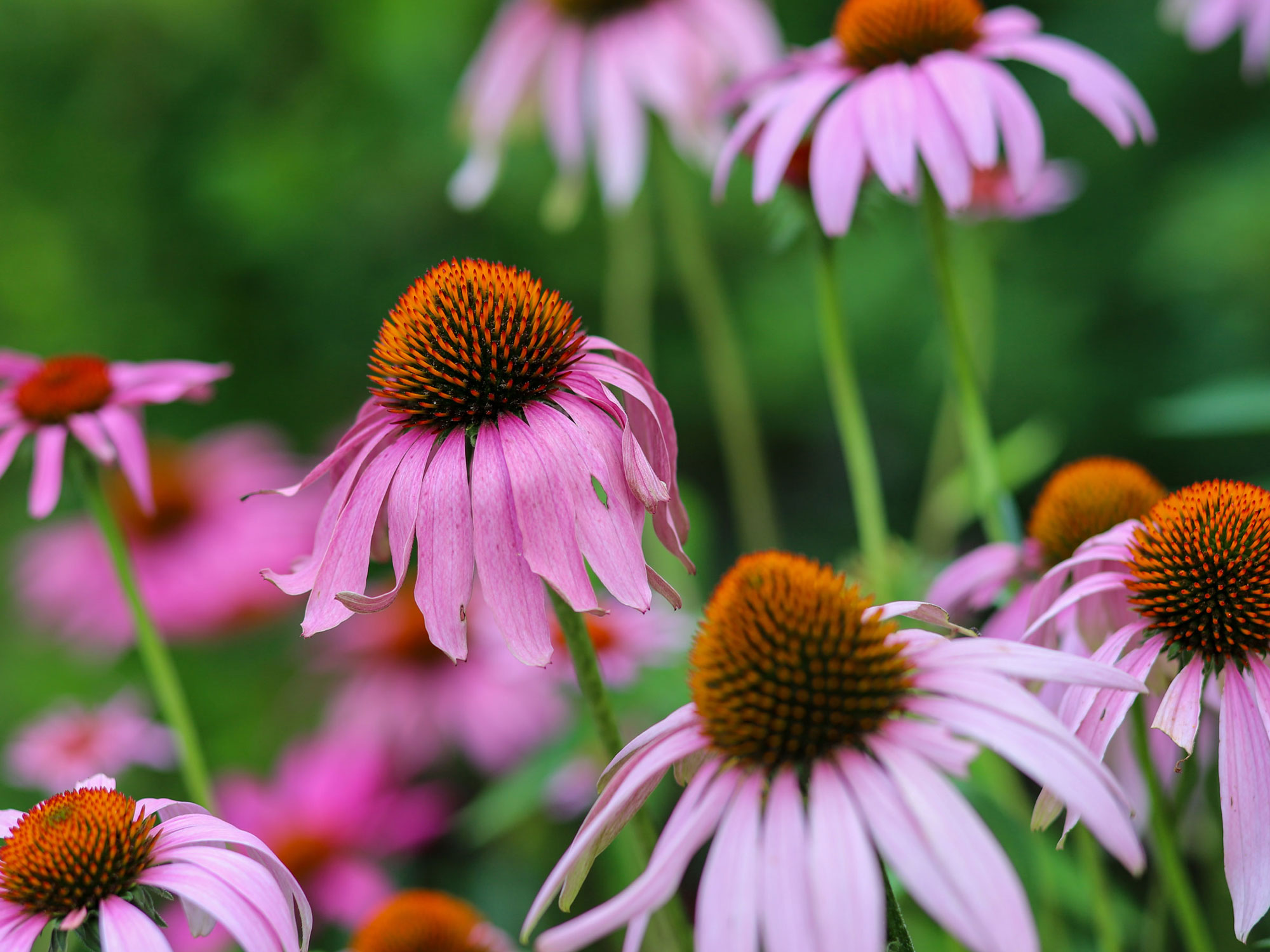
Another favorite with pollinators, expert Sydni thinks Coneflowers are a must-have lavender companion plant.
‘Coneflowers share similar planting requirements to lavender, such as enjoying full sun and being drought tolerant, making them the perfect companion plants for garden designs,’ says Sydni. ‘Coneflowers (Echinacea) are hardy flowering perennials that bloom from mid-summer until frost, producing daisy-like flowers with large cones in the center. Their large cones are infamous for attracting an array of visitors to your garden ranging from butterflies and honeybees to songbirds such as cardinals!’
But how do the pros use coneflowers in a flower bed design? Sydni says ‘To create a striking contrast of bloom colors, choose a red or orange blooming Coneflower variety such as “Cheyenne Spirit”, to plant alongside your lavender. Coneflowers look the best when they are planted in masses as well, so plant them in multiples of three for a full appearance.’
Echinacea “Rainbow Marcella” is another favorite of ours, featuring beautiful orange and pink ombré petals and a deep red center. Or for a pretty cottage-inspired option, echinacea “Pretty Parasols” is hard to beat.
3. Rosemary
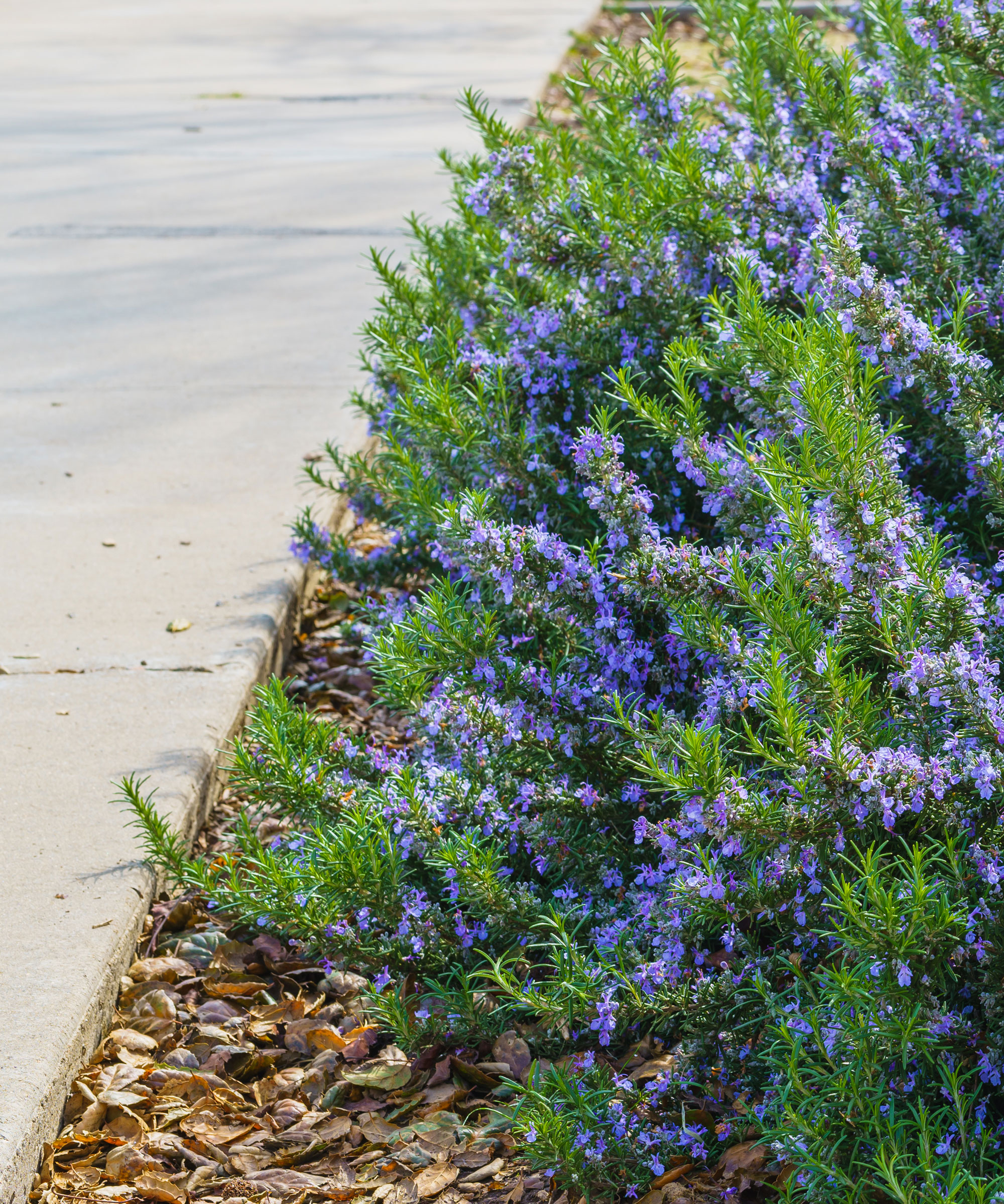
With its delicious taste and equally sensational aroma, it’s no surprise rosemary features on Sydni’s list of companion planting for lavender.
If you’re after a low-maintenance stylish garden, you can’t go wrong with a rosemary and lavender combo. Sydni says ‘Similar to lavender, rosemary thrives in poor soils and is drought tolerant, making it ideal for low-maintenance gardeners. Its highly aromatic foliage makes it ideal for planting alongside lavenders to create an herb or scent garden for lining borders of beds.’
Rosemary’s evergreen foliage means it’s perfect for adding year-round interest to sunny beds too. Plus, as Sydni highlights, come spring, rosemary’s smattering of flowers will add a cheerful highlight to your beds before your lavenders start blooming. ‘Though rosemary plants aren’t super well known for their flowers, they do produce small, dainty purple flowers in their leaf axils that emerge in the spring and pair nicely with the long flower spikes of the lavender,’ says expert Sydni.
To make the most of your lavender and rosemary combo, Sydni has a pro trick to make sure you maximize the impact of this fragrant duo. She says ‘Plant your rosemary and lavender plants in alternating masses to line borders of driveways or patios to create a garden design that smells just as good as it looks!’ Just be sure to plant them in well-draining soil. Neither rosemary or lavender likes sitting in water, so incorporating grit or sand into the soil surrounding your plants will help them thrive in heavier soils.
4. Muhly Grass

With its famous pink or white hues, muhly grass is unmistakable come late July and makes for a sensational pastel summer color palette when paired with white or purple lavender.
‘Muhly grass is a native, ornamental flowering grass that explodes with clouds of color while it is in bloom in late summer to early fall,’ says plant expert Sydni. ‘Their delicate plumes of flower panicles floating above the foliage creates a hazy, cloud-like appearance that adds intrigue to your garden. The difference in foliage and flower texture between the lavender and muhly grass is striking when they are planted together in garden designs and is sure to add appeal and allure to your landscape.’
Muhly grass is great for gardens prone to deer too, as Sydni explains. ‘Not only is it beautiful, but muhly grass is also pest and disease resistant as well as being resistant to deer grazing, which means it is perfect for low-maintenance gardeners!’
For an expert-approved plant, look out for Sydni’s favorites Pink Muhly Grass and White Cloud Muhly Grass, and always remember to plant them behind your lavenders as they’ll grow up to 4ft tall.
5. Butterfly Bush
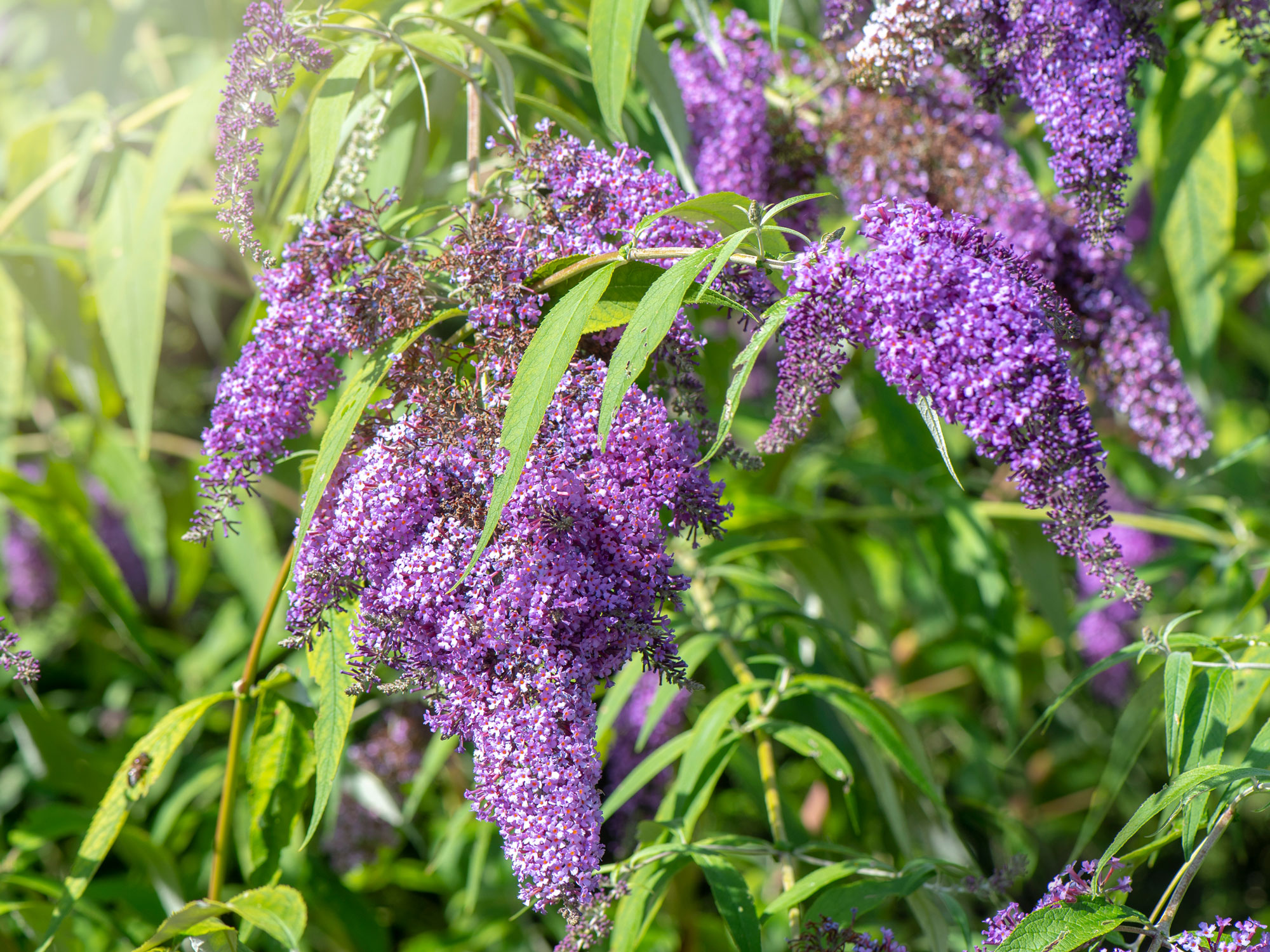
Getting its name from its ability to attract countless butterflies with its profuse flowers, a butterfly bush, otherwise known as buddleia, is fantastic for adding height to your lavender beds.
Expert Sydni says ‘Butterfly bushes come in an array of bloom colors ranging from bright purple, to hot pink and even bi-colored blooms! Their profuse blooms are full of nectar that attracts tons of butterflies to your garden from summer to fall.’
Fantastic for filling in larger gaps in beds, butterfly bushes are fast-growing shrubs that will make quick work of extra space in your new butterfly garden. Sydni warns ‘Butterfly bushes grow very rapidly, especially in warmer climates, so make sure to choose a compact variety if you do not want your bush to get too big. Since butterfly bushes spread easily by seed too, deadhead the spent blooms to prevent them from re-seeding.’
When it comes to picking the right variety, there are hundreds of colors to choose from. A few of Sydni’s favorites include Miss Molly Butterfly Bush, CranRazz™ Butterfly Bush, Pugster Blue® Butterfly Bush, and Birthday Cake™ Butterfly Bush.
Be The First To Know
The Livingetc newsletters are your inside source for what’s shaping interiors now - and what’s next. Discover trend forecasts, smart style ideas, and curated shopping inspiration that brings design to life. Subscribe today and stay ahead of the curve.
Matilda Bourne is a freelance homes, gardens and food writer, stylist and photographer. Known for creating and capturing content for multiple international brands, her work has been featured in The Telegraph, The Daily Mail, and Hello! magazine. When she’s not writing, you can usually find her tending to her much-loved garden and scouring thrift stores for vintage furniture.
-
 The Weighted Blanket That Doesn’t Make You Sweat (and the Eye Mask to Match)
The Weighted Blanket That Doesn’t Make You Sweat (and the Eye Mask to Match)Luxury has weight. And apparently, volcanic minerals
By Julia Demer
-
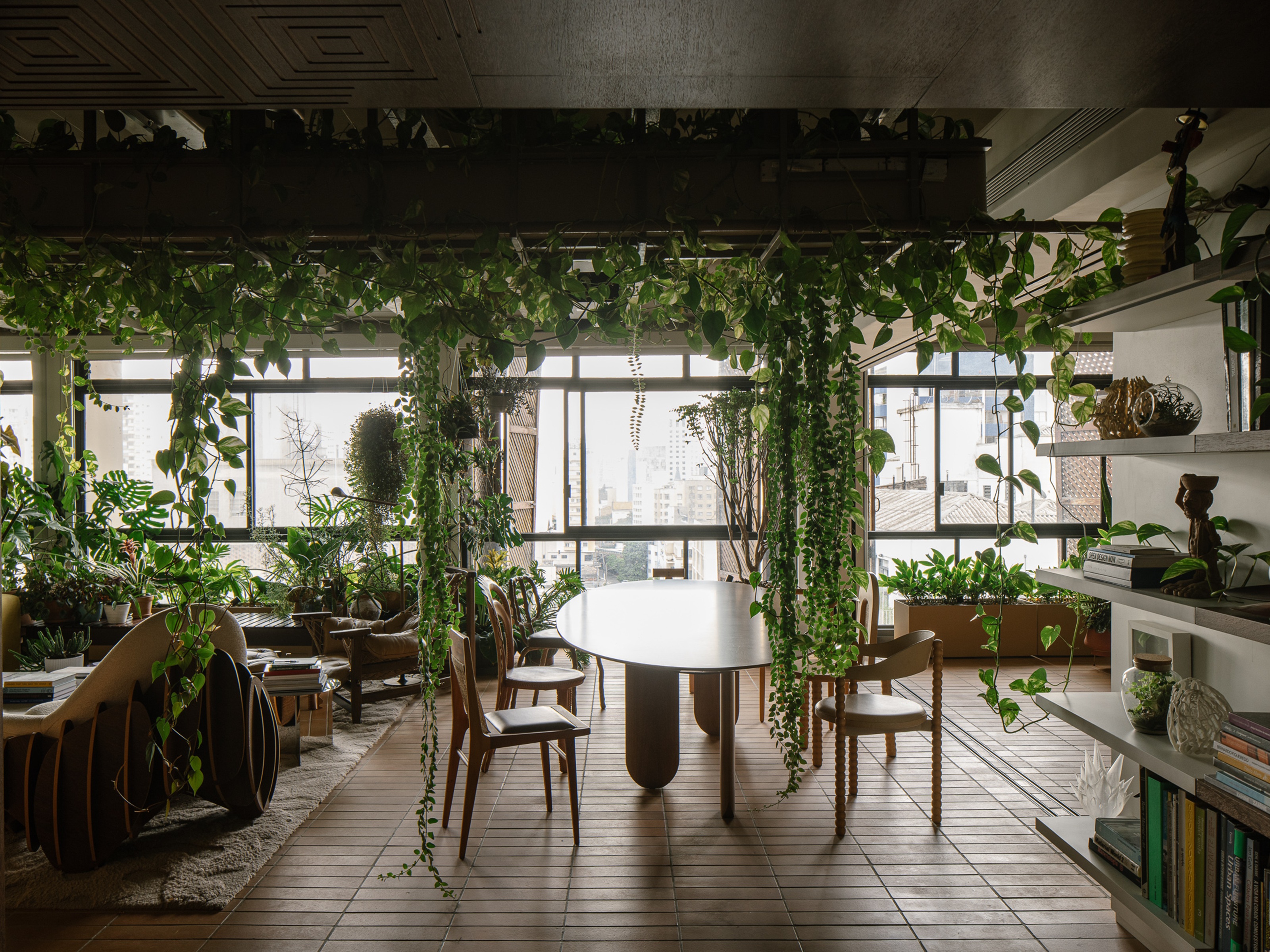 What Is Biophilic Interior Design? I'm an Actual Biophilic Designer, and This Is How to Apply It to Your Home
What Is Biophilic Interior Design? I'm an Actual Biophilic Designer, and This Is How to Apply It to Your HomeA biophilic designer explains the core principles of this practice, and the easy ways you can apply it to your home's design
By Marianna Popejoy


